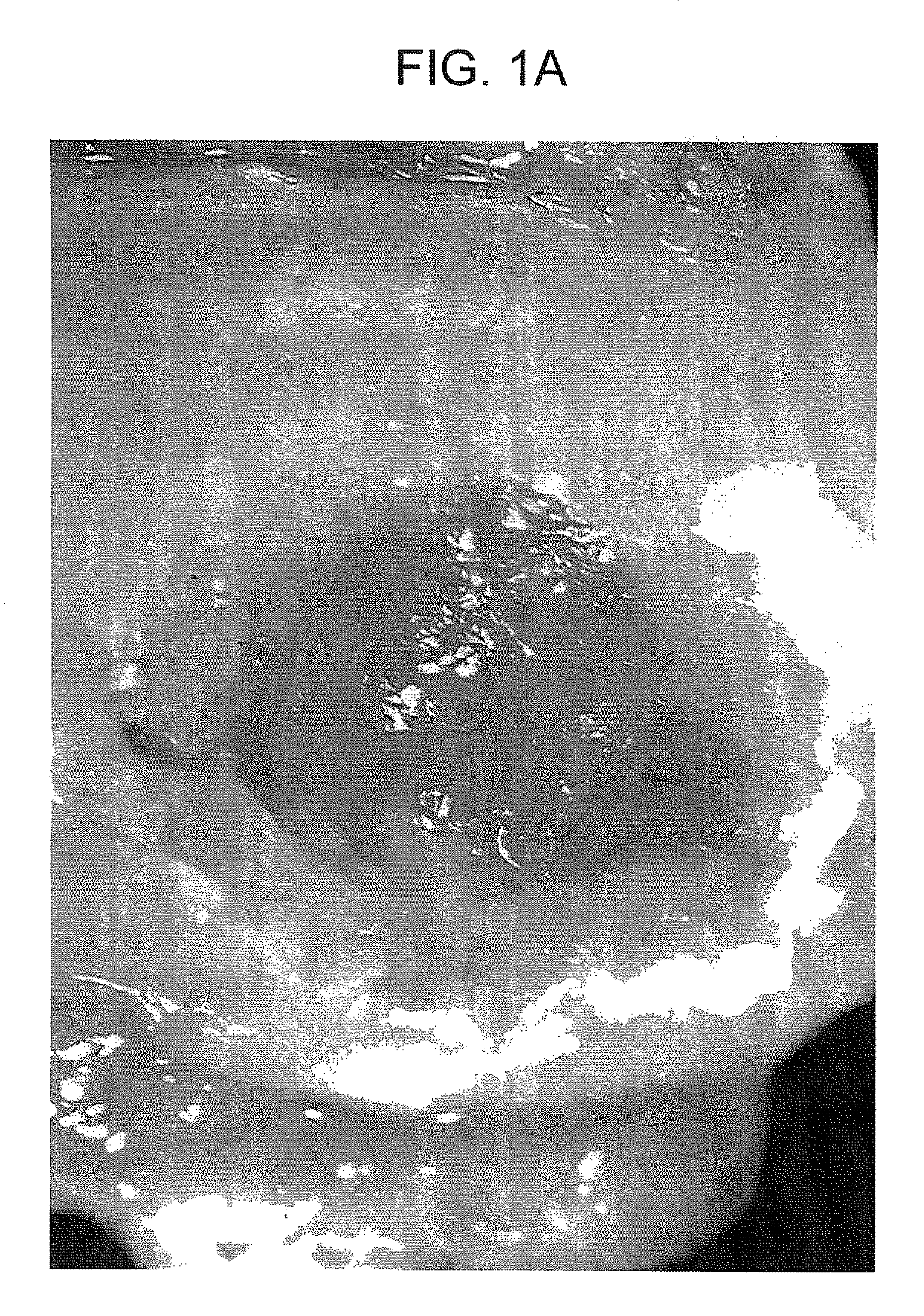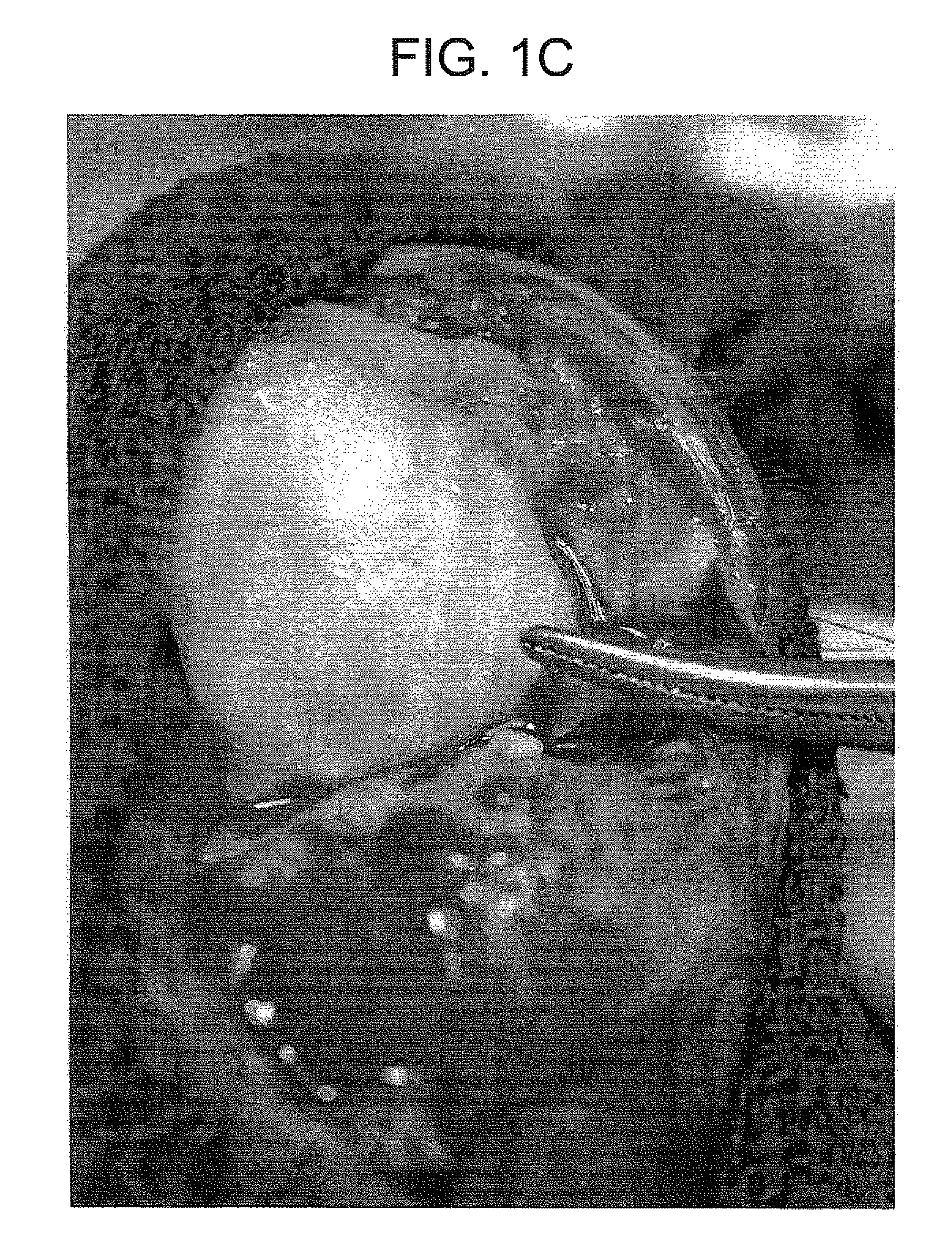Method for regenerating cartilage
a cartilage composition and regenerative technology, applied in the field of methods, can solve the problems of enlargement and progression of lesion, limited repair potential of articular cartilage of higher animals, and enlargement of lesion, and achieve the effect of effective cartilage composition and reliable inducement of new cartilage formation
- Summary
- Abstract
- Description
- Claims
- Application Information
AI Technical Summary
Benefits of technology
Problems solved by technology
Method used
Image
Examples
example
[0031]This example demonstrates the chondrogenic activity of the inventive composition in fully immunocompetant non-human primates. Full thickness cartilage defects measuring 10 min×10 mm were created in the medial condyles of the animals. The defects were densely packed with the cartilage composition according to the present invention and were compacted with a tamp. The animals were examined two, six, and sixteen weeks post transplantation and the joints were re-explored. FIGS. 1a-1c are photographs taken at two, six, and sixteen weeks, respectively. Specimens were also taken and were fixed in 10% formalin-Earle's balanced salt solutions. Paraffin sections were cut and stained with homotoxylin and eosin, PAS, Romanowski-Giemsa and Safranin-O stains. FIGS. 2a and 2b illustrate the specimens taken (100×) at six and sixteen weeks, respectively.
[0032]As seen in FIG. 1a, at two weeks post transplantation, granulation tissue is present in the center of the defect and new cartilage is pre...
PUM
 Login to View More
Login to View More Abstract
Description
Claims
Application Information
 Login to View More
Login to View More - R&D
- Intellectual Property
- Life Sciences
- Materials
- Tech Scout
- Unparalleled Data Quality
- Higher Quality Content
- 60% Fewer Hallucinations
Browse by: Latest US Patents, China's latest patents, Technical Efficacy Thesaurus, Application Domain, Technology Topic, Popular Technical Reports.
© 2025 PatSnap. All rights reserved.Legal|Privacy policy|Modern Slavery Act Transparency Statement|Sitemap|About US| Contact US: help@patsnap.com



